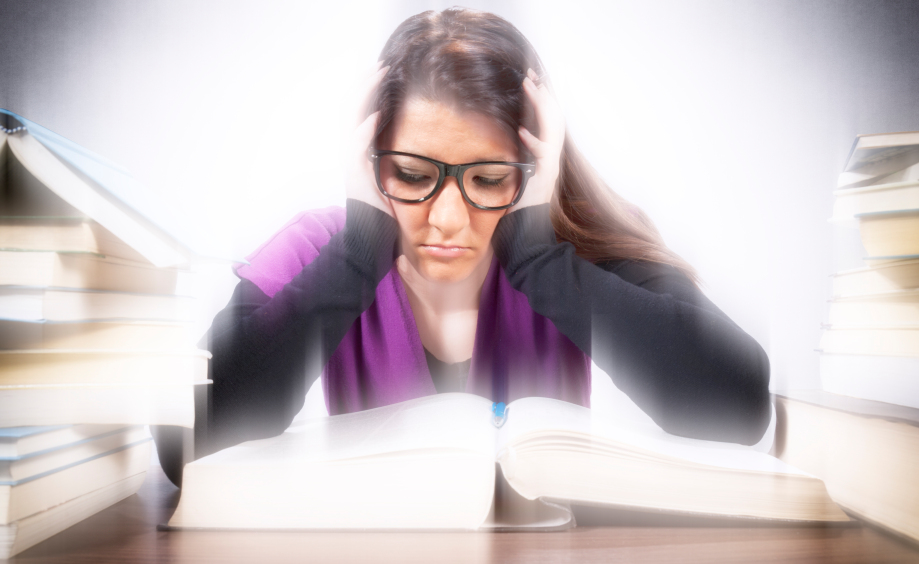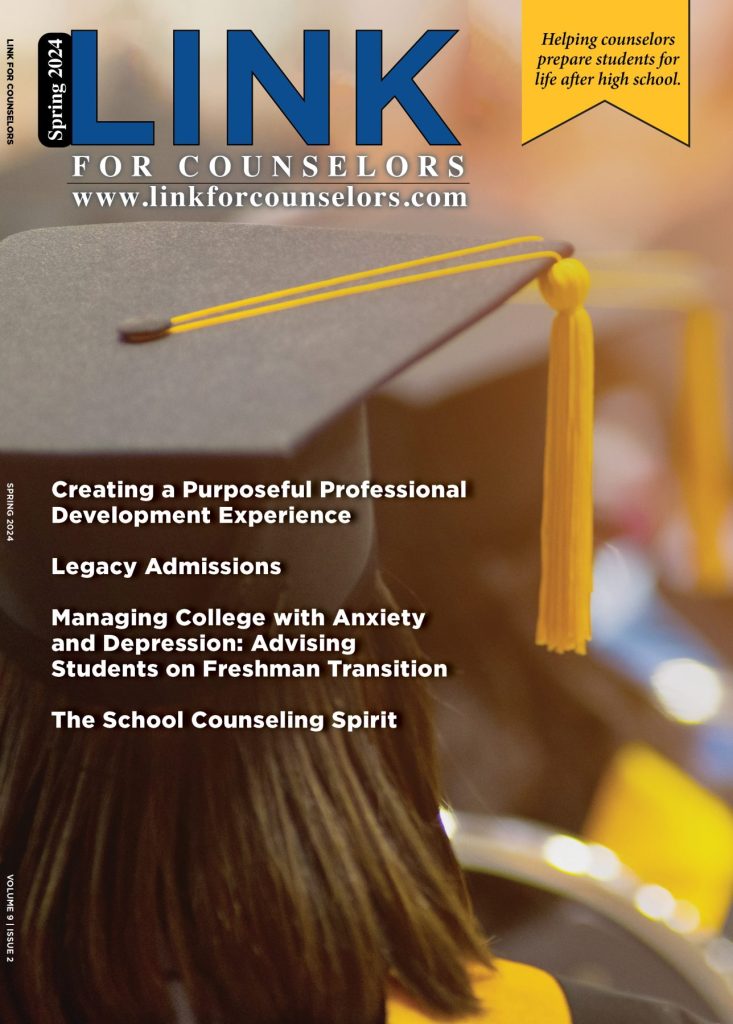Addiction & Recovery: The Definitive Resource Guide – Part 3: Stages of Addiction
Stages of Addiction
Understanding When Things Become Dangerous
After reading the second part of the guide, “Risk Factors of Addiction,” you should have a clearer idea of which people are more susceptible to addiction than others.
But why does addiction happen to begin with? How do you go from trying a substance or using it for medical purposes only to end up addicted? Like many people before you, you end up progressing through the stages of addiction.
Phase One: Entry Points
Addiction originally starts with the moment you use substances for the first time. This can show itself in the form of experimentation with substances or taking drugs according to a prescription from your doctor. While it may or may not be your intention to continue with the substance when you begin taking it, the entry point often becomes the gateway to using the substance more.
Experimentation
You and your friends decide to try some alcohol or a drug to see how it will make you feel. Or maybe you even try a substance on your own so you can have the experience. These are the kinds of situations that are considered experimentation. While experimentation might seem harmless, it can lead to further use once that door is open.
David Sack, M.D., explains in Psychology Today that drug experimentation can be harmful, especially when it happens at a young age, which is when many people first experiment with drugs or alcohol. He points out that it’s easy to think experimentation isn’t a big deal and then get caught in the drug use progression to addiction.
“The problem is we don’t know in advance who will become addicted, to which
type of drug and at what level of use,” Sack says.
So you might not think anything of trying a substance, but your personal risk factors (which were covered in the second part of this guide) could turn your experimentation into addiction. This is a strong reason not to give in to peer pressure.
One person might have a better ability to avoid addiction; then, that person could pressure you into using substances because he has a good experience with them, and you could end up susceptible to problem use and addiction because of a predisposition to addiction.
Prescription Drug Use
You’re not someone who has or would try street drugs, but you’ll take a prescription when your doctor recommends it. Your drug experience starts with an injury of some sort, when your doctor prescribes you strong pain killers.
Or maybe you are prescribed a stimulant or another type of drug that could be abused.
And before you know it, you’ve developed an addiction. This is what often occurs when people begin taking a drug only because their doctors prescribe it to them.
“Now we are at a point where prescription drugs are killing more than half of the people who suffer fatal drug overdoses. And very often, the people who are addicted and abusing these drugs started out by getting these pills from their doctors,” cites Narconon.
It perpetuates the problem when doctors prescribe certain medications, such as pain relievers, too easily or prescribe more pills than needed (although this tendency has been changing).
The Narconon site explains that the common process here is that you start taking the pills for pain (or another medical condition) and then are rewarded by the way the substance makes you feel. Once the prescription is done, you want to continue the relaxing effects of the pills, so you find a way to get more and you begin to use them illicitly.
Starting with a prescription drug does not always continue with abuse or addiction of that same drug. In some cases, this type of use can lead to using other types of substances. CNN Chief Medical Correspondent, Dr. Sanjay Gupta, points out a pattern of starting with painkillers and transitioning to heroin.
Opioid painkillers and heroin both come from the poppy plant, or some painkillers are synthetically created to resemble poppy. Because of this connection, your brain sees them in a similar way, and they create many of the same reactions in your body, including euphoria and a better tolerance to pain.
“It is precisely because there are so many similarities that pain pill addicts frequently turn to heroin when pills are no longer available to them,” notes Gupta. Further, people who start with prescription drugs can generally find heroin for less money.
Phase 2: Social Use or Other Regular Use
After you’ve started taking a substance to experiment or to follow a prescription, it can be easy to progress to using substances socially or by yourself on a regular basis. You could have a beer with some friends or say yes when people are using drugs at a social gathering.
Dinners, parties and clubs are some of the social situations you might find yourself in where substances are present. Or you might start to use a substance on your own more often.
HelpGuide.org points out that
“People who experiment with drugs continue to use them because the substance either makes them feel good, or stops them from feeling bad.”
Barry J. Everitt, in a review published in the European Journal of Neuroscience, notes that
“There is no doubt that drugs are initially taken, then repeatedly taken, because of their reinforcing or rewarding, including subjective, effects.”
At this point in the stages of addiction, you are probably beginning to focus your life around alcohol or a drug, but you can stop using your substance. Nonetheless, you might start to have some signs of problem use (which is the next phase) at this point, such as binge drinking.
The enjoyable way drugs can make you feel follows the pleasure principle, which was coined by Freud. When you experience some sort of pleasure, including using a drug, your brain releases the brain chemical dopamine in a certain part of the brain, the nucleus accumbens, according to an issue of the Harvard Mental Health Letter.
Addictive substances create a strong dopamine release, providing you with a great feeling of pleasure. This pleasure you feel from a substance can lead you to the next stages of problem use and addiction. This progression is more likely when you inject or smoke a drug, which gives you a more intense dopamine release in a quicker period of time than if you swallowed the substance.
“The likelihood that the use of a drug or participation in a rewarding activity will lead to addiction is directly linked to the speed with which it promotes dopamine release, the intensity of that release, and the reliability of that release,” explains the Harvard Mental Health Letter.
What can then happen is that the hippocampus part of your brain keeps the memories of feeling so much quick pleasure from this substance, and then the amygdala part of your brain makes a conditioned way to respond to that substance.
Nonetheless, keep in mind that not all health professionals agree that processes in the brain are the determining factor for addiction, as you can read more about in the first part of this guide on what addiction is and what causes it.
After you have been using a substance more regularly, risk factors of addiction can encourage the drug use to progress to a problematic level in vulnerable people.
Phase 3: Problem Substance Use
At this stage, you have moved beyond using substances at a controlled level in social situations or on your own. Now the substance has become a problem for you.
Scenario 1
One way you could misuse a substance is by bingeing on it from time to time. This is where you use your substance of choice heavily once in a while. So you might not drink much most of the time, but then you have six drinks when you’re out one night.
Scenario 2
Or maybe your problem turns into substance abuse at this stage. This is when your substance use becomes dysfunctional; it starts to get in the way of your life and possibly cause problems to your health. Your life has become more focused around the substance, and you might start having trouble at work or school, problems in your relationships and other consequences from using the substance. These concerns continue into the final phase, addiction.
When you start to use drugs more during the second stage, it’s generally because they give you pleasure or take away a negative feeling, such as pain. But HelpGuide.org notes certain scenarios that can easily turn casual use into problem use. This is when you feel like the substance fills a need or a void for you. HelpGuide.org lists examples such as taking drugs to overcome anxiety or stress, or to help you through a social encounter.
The beginning of an addiction starts with pleasure, and then the learning and memory parts of the brain contribute to continuing on the path toward addiction. “According to the current theory about addiction, dopamine interacts with another neurotransmitter, glutamate, to take over the brain’s system of reward-related learning,” explains the Harvard Mental Health Letter.
When you continue to use an addictive drug or alcohol, the nucleus accumbens communicates with the part of your brain that takes care of tasks, the prefrontal cortex, and they decide that you no longer just like the substance but now you want it. At this point, you are motivated to go after the substance, and this is when you can have problem behavior centered around using the substance.
Addictive substances create a shortcut to the brain’s pleasure and reward centers, whereas natural rewards take more time to achieve. The Harvard Mental Health Letter explains, “Addictive drugs, for example, can release two to 10 times the amount of dopamine that natural rewards do, and they do it more quickly and more reliably.”
While the brain enjoys the pleasure of substances at first, it actually finds these aggressive dopamine releases too much to handle over time, so its reaction is to take away dopamine receptors or create less dopamine. Now you are not rewarded so easily for taking the substance. You have developed a tolerance to it, which means that you now have to use more of your chosen substance if you want to enjoy the same level of pleasure you once experienced.
This is the point when you have a compulsion. You are not getting the same level of pleasure from the substance, but the problem is that you remember how good that pleasure felt, so you want to get it back. Further, your brain learned certain cues to connect with the substance in order to help you get it again, which now translates into you getting strong cravings when you come into contact with those cues again.
For instance, maybe your brain learned that it gets the pleasures of alcohol when you go to a certain bar. Now, when you see that bar in passing, you get cravings for alcohol because your brain has associated the bar with the substance.
In the European Journal of Neuroscience, Barry J. Everitt explains that using drugs in a compulsive way is not just about habits. “It is instead the loss of control over habitual drug seeking that may be the important event that leads to compulsive drug use,” he notes.
Phase 4: Addiction
After abusing drugs or alcohol, many people transition to the final stage, addiction. This is when you can’t or won’t stop using drugs or alcohol, even when the substance is creating a lot of problems in your life.
During the abuse phase, the substance use is causing consequences to your life, but you can still control your use and stop when you want to.
You have reached addiction when you’re beyond stopping. The harm the substance causes to your life has escalated, yet you still don’t want to stop or are unable to without help.
During this stage, your body is usually physically dependent on the substance, although dependence itself does not necessarily signify addiction.
According to the National Institute on Drug Abuse, dependence is when “the body
adapts to the drug, requiring more of it to achieve a certain effect (tolerance) and eliciting drug-specific physical or mental symptoms if drug use is abruptly ceased (withdrawal).”
You can learn more about the stage of addiction, including definitions and causes, in the first part of this guide.
Moving Through the Stages
Addiction doesn’t just start overnight. Instead, you go through a process that begins with trying substances and progresses into a full-fledged addiction.
Some people progress to regular use or abuse without making it all the way to the addiction stage, but these earlier stages often keep going into a complete addiction.
While moving from one phase to another, you “can move through the stages quickly or it can take several years,” explains addiction writer and Parent Recovery and Life Coach, Cathy Taughinbaugh.
It’s not always easy to see when you move from one stage to the next; you might end up quickly addicted after not seeing the harm in trying a certain drug or some alcohol. And, of course, risk factors can perpetuate your journey from the beginning stages to addiction.
Now you know more about how drug use can develop from trying a drug to abusing and becoming addicted to it. If you find yourself addicted or you know someone who is, stick with this guide to learn more about this devastating problem and solutions for overcoming it.




